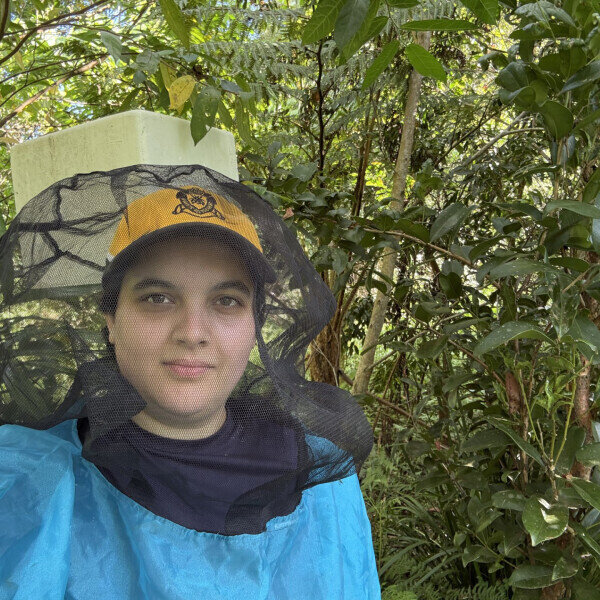‘Sugarbag’ honey, long used by the Australian First Nations peoples, may be commercially scalable
Resistance to synthetic antibiotics continues to pose a serious global health challenge. While European honeybee products and various other natural substances have been explored as alternative therapeutics, little has previously been known about the medicinal potential of honey from Australian native bee populations.
Research led by Dr Kenya Fernandes from the University of Sydney has revealed the notable antimicrobial properties of honey produced by three Australian stingless bee species: Tetragonula carbonaria, Tetragonula hockingsi, and Austroplebeia australis.
Known collectively as ‘sugarbag bees’, these native species have historically provided both nourishment and traditional remedies for the Aboriginal and Torres Strait Islander communities. The honey has been used to treat conditions such as sores and itchy skin.
The study found that the honey maintains its antimicrobial potency even after heat treatment and prolonged storage. This differentiates it from conventional honeybee honey and underscores its potential as a stable, sustainable treatment option against drug-resistant infections.
“Given the growing medical challenge of antimicrobial resistance, our findings suggest stingless bee honey could complement, or provide a valuable alternative to, synthetic antibiotics,” said Dr Fernandes.
Unlike the more common honey from the European honeybee – Apis mellifera – which depends heavily on hydrogen peroxide for its antimicrobial effect, honey from stingless Australian bees displays high levels of both peroxide and non-peroxide activity. In fact, when hydrogen peroxide was removed in tests, the honey continued to demonstrate antimicrobial activity.
“Manuka honey from honeybees displays strong non-peroxide antimicrobial activity, which is one reason why its production has been a commercial success,” continued Dr Fernandes.
“However, that is largely reliant on the source of its nectar from specific myrtle plant. In contrast, the persistent antimicrobial activity of heat-treated, non-peroxide honey from stingless Australian bees across diverse locations and nectar sources suggests there is something special about these bees, rather than just nectar, that plays a critical role here,” she concluded.
Co-author of the paper, Professor Dee Carter, noted: “We discovered the antimicrobial activity is consistent across all sugarbag samples tested, unlike honeybee honey, which can vary significantly based on seasonal changes and floral sources.”
This reliability may prove beneficial in developing commercially viable medical products. However, the research also highlights challenges. Each stingless beehive produces only about half a litre of honey per year, raising concerns about large-scale supply.
“While the yield is small, these hives require less maintenance than traditional beehives, allowing beekeepers to manage larger numbers,” said co-author Dr Ros Gloag.
“With proper incentives, such as commercial value for the honey, it is feasible to cultivate more hives, providing a pathway for commercial scalability.”
Researchers emphasise that the honey’s broad antimicrobial profile, combined with evidence that microbes rarely develop resistance to honey, makes it an appealing candidate for therapeutic use.
“While we have yet to test the honeys against drug-resistant bacteria specifically, the presence of multiple antimicrobial factors significantly reduces the likelihood of resistance developing,” said Dr Fernandes.
And, notably, Food Standards Australia New Zealand last year approved native stingless bee honey for human consumption, opening up opportunities for domestic and international trade.
Dr Fernandes is an Australian Research Council DECRA Fellow in the School of Life and Environmental Sciences at the University of Sydney. She is also a member of the Sydney Infectious Diseases Institute and the Centre for Drug Discovery Innovation.
For further reading please visit: 10.1128/aem.02523-24
